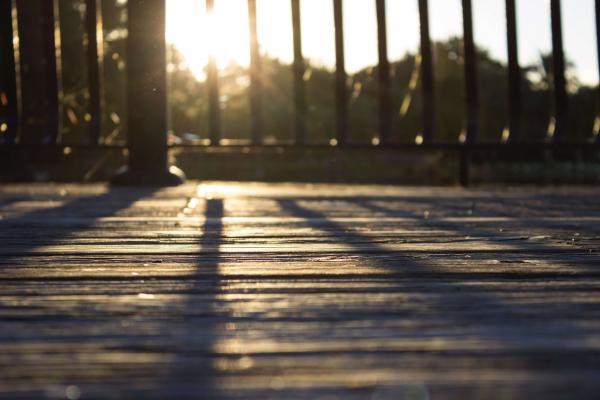Sep 4, 2018
In the spring prior to the Charleston church massacre, during my daily commute to my older daughter’s school, I noticed a wad of faded red fabric drooping from a flagpole outside of a stranger’s house.
It couldn’t be.
I pulled right to slow down in my lane and looked once and then again to verify. There, tucked beneath the folds of the familiar stars and stripes, two blue lines crossed over the red fabric with the telltale white stars.
Read the Full Article

Already a subscriber? Login
